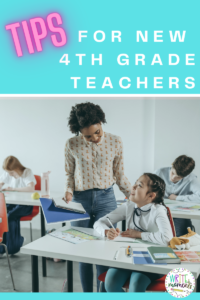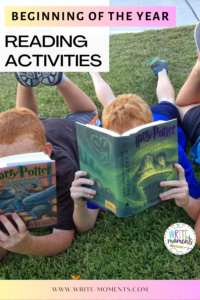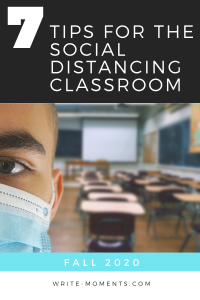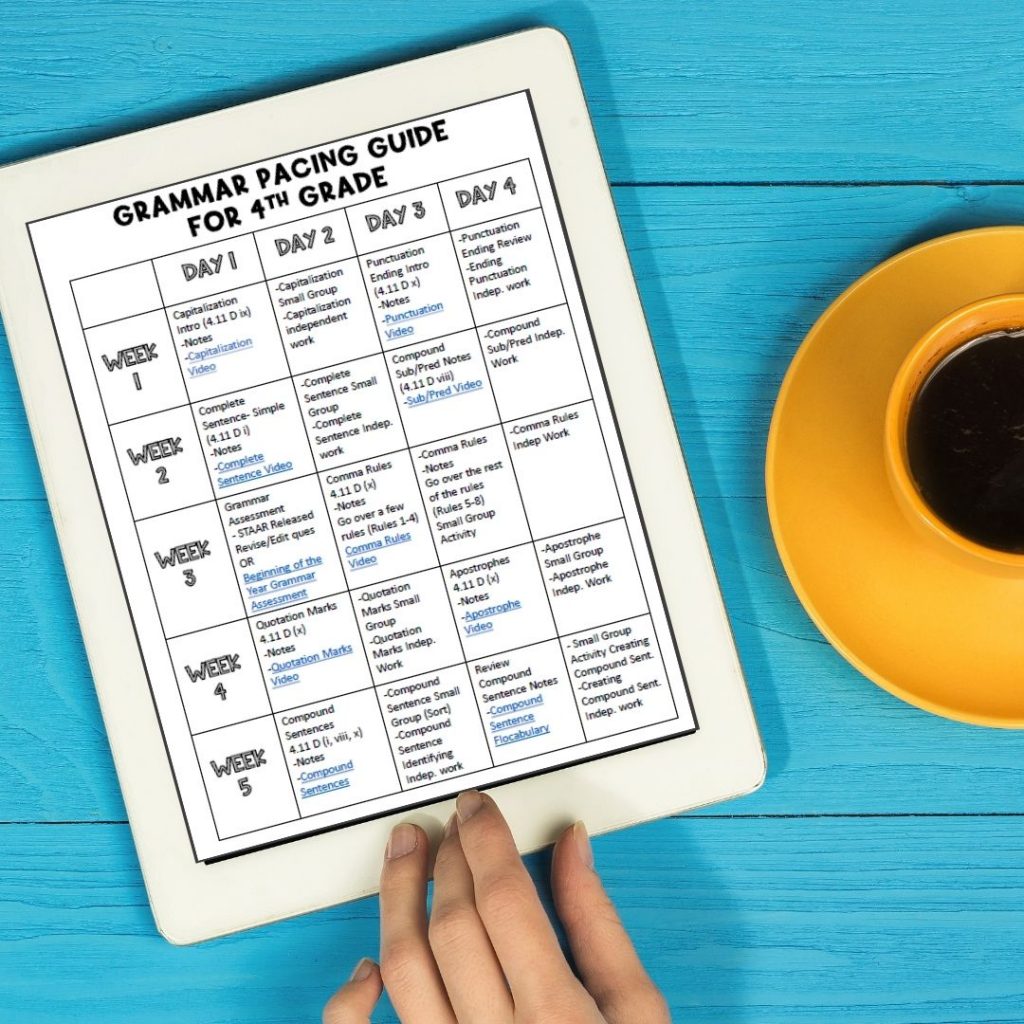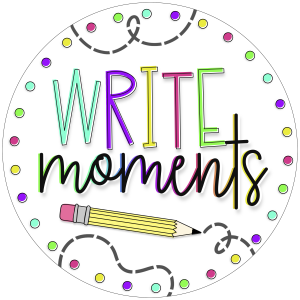The 2020 school year is going to be different for sure. Many school districts have already decided to begin the school year virtually. Many teachers are searching for distance learning teaching tips.
I’m definitely not an expert on distance learning, but I have been brainstorming ideas on how to start the school year virtually.
My hope is this blog post will help calm your nerves and help you get some ideas for a successful distance learning start to the 2020 school year.
Check out these distance learning tips for teachers:
Find a quiet and organized work area
The start of the 2020 school year will be more rigorous than last spring’s distance learning. Therefore, it’s imperative to find a quiet work area. Some districts are requiring teachers to work from school, so that is helpful.
Setting up a work station in your classroom where your distance learning teaching tools are within an arm’s reach is necessary.
On the other hand, if you’re working from home, find a quiet corner to set up a workstation.
After working at my kitchen table last spring, I had to think of a more quiet area that I could be productive in my house. Can anyone relate?
I have 3 kids, so it had to be somewhere with a door. My husband is also a teacher, so it had to be away from him in case we have Zoom meetings at the same time. I decided on a corner in my bedroom. I set up a small desk and chair along with a small shelf. It is the perfect home work space.
Plan, Plan, Plan
More planning = less stress! In the spring we were thrown into distance learning and had to change everything at a moment’s notice. Now we have time to plan out our year in more detail.
It’s definitely a good idea to start with a review. Take a look at what concepts students were taught at the end of last year and be sure to review those concepts before introducing new ones.
Collaboration is Key
You can’t possibly do everything by yourself. Therefore, working together with your team is important. The more ideas that people bring to the table, the better.
Additionally, use each other’s strengths. Some people are good with Google Classroom, design, organization, or content. Find each team member’s strong suit and let them take over that area.

Learn the platform you will be using
Whether technology is your friend or not. You have to learn the platform your district has chosen for distancing learning.
For example, my district decided to move from Google Classroom to Schoology. I have several training sessions lined up for this new platform.
There are so many resources available for virtual teaching. I suggest choosing a few distance learning tools and learning those. Trying to implement too many will overwhelm you and the students.
Making a Connection
One of the number one questions on teacher’s minds is how to make a connection with students virtually.
We most likely have never met our new students, so how can we build relationships with them? How will they build relationships with each other?
Icebreakers
Students can work in small groups on Zoom breakout rooms to get to know one another. If you would like a detailed look at Icebreakers that will work in the distance learning classroom, check out my Icebreakers Blog Post
Lunch Bunch
During the first week or two of school. Teachers can invite a small group of students to have lunch with them over a zoom meeting.
Teachers can ask students questions, discuss their likes, or just have a casual conversation. This will help students get to know the teacher and each other on a more personal level.
Home Delivery
This might not work for everyone, but stopping by the students’ house before school begins is a great way to make a connection.
If possible, dropping off a small back to school gift and saying “Hi” to the students in person (from a distance) might calm the students’ and parents’ nerves about starting the school year virtually.
Send a Postcard or Letter
If you can’t make it to each student’s house, send them a postcard or letter. Most students don’t receive mail often, and they will be excited to get a letter from their teacher.
In addition, sending a postcard to a parent about their child would be a huge step in building a relationship with the parent during distance learning.
Even making a quick phone call to introduce yourself will help build relationships with your student and their family.
Engaging Virtual Lessons
Instead of just throwing up an assignment with directions, plan on creating a visual way to teach students online.
Using PowerPoint or Google Slides over Zoom is an easy way to present a lesson to students. Making the lesson engaging is imperative to keeping the students’ attention.
For example, these Digital Grammar Lessons will work perfectly for teaching grammar virtually. They include: a PowerPoint and Google Slide Show, student guided notes, and an independent practice page (PDF and Google version).
Here is the FREE Capitalization Lesson, so you can try it out!
Brain Breaks
While teaching virtually, students need many brain breaks. Even adults get tired of being on the computer all day long.
Keep this in mind, kids need several planned breaks throughout the day during distance learning.
For example an engaging brain break includes a Go Noodle or fun dance, guided exercise or yoga, a quick drawing lesson, or funny sing along.
Distance learning will be challenging at first. But, just like anything, the more you do it, the better you’ll get at it.
If you have a distance learning tip, drop it in the comments below!

